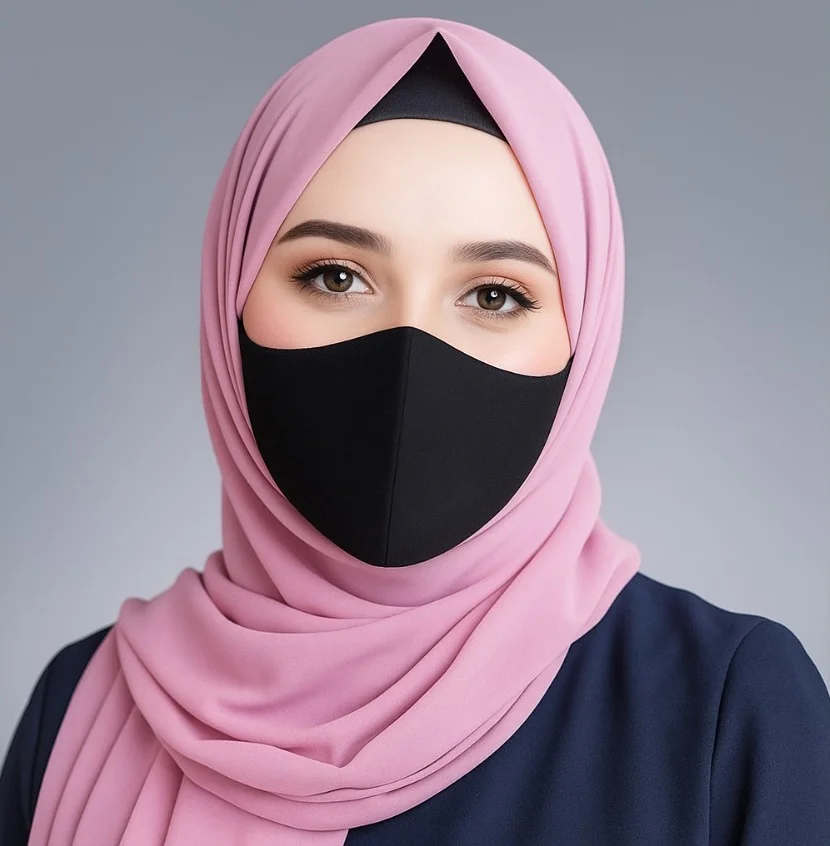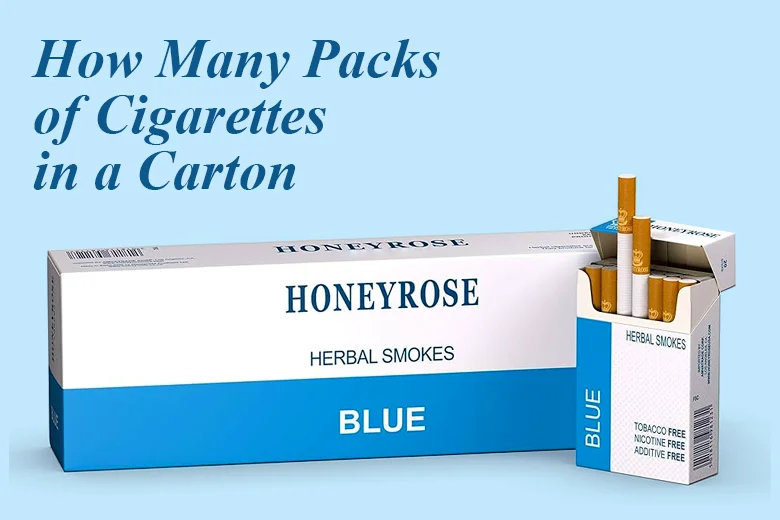Every printed piece deserves a finish that protects it and makes it look good. Coatings do both. But not all coatings are the same. Two popular choices are aqueous coating and UV coating. This guide explains both. It shows key differences. And it helps you choose what works best.
What is Aqueous Coating?
Aqueous coating is a water-based clear finish applied to printed sheets. It dries by evaporation of the water and other components. It is available in gloss, satin (matte) or soft-touch finishes. Because it is applied uniformly over the surface (a flood coat), it gives protection against fingerprints, smudges and wear. Aqueous works especially well when the printed piece will be folded or creased, because its finish stays flexible. It also tends to be more budget-friendly than some other coatings. Read our complete blog about what is aqueous coating in detail.
What is UV Coating?
UV coating (ultraviolet coating) is a chemical-based finish that cures instantly when exposed to UV light. It is applied to the printed sheet and then passed under a UV lamp which makes the coating hard-dry quickly. You can get very high gloss, deep color effects. Also, unlike aqueous, UV can be applied as a spot coat (on selected areas) as well as flood coat. But because it becomes hard, it may crack when folded or creased deeply.
Key Differences: Aqueous vs UV
Here are the main ways the two coatings differ:
- Curing Method: Aqueous dries via water evaporation then heat/air. UV cures via UV light and a chemical reaction.
- Finish & Appearance: UV gives higher gloss and deeper color. Aqueous gives good protection but slightly less gloss.
- Flexibility for Folding: Aqueous is better for pieces that fold or bend. UV is harder and may crack on folds.
- Spot Application: UV supports spot coating. Aqueous generally only flood coat (unless combined with other treatments).
- Cost & Equipment: UV tends to cost more and may require special curing equipment. Aqueous can be simpler.
- Environmental/safety Aspects: Aqueous is water-based and generally lower risk for food packaging and similar uses. UV has no volatile solvents but is very hard once cured and may pose challenges in folding/finishing.
| Feature | Aqueous Coating | UV Coating |
|---|---|---|
| Curing method | Water-based, dries/evaporates with heat/air | Chemical resin, cures under UV light |
| Typical finish look | Gloss, satin, soft-touch – moderate shine | Very high gloss, rich depth, can do matte or special textures |
| Spot coating possible? | Generally flood only | Yes – flood or spot areas |
| Scratch/abrasion resistance | Good protection, flexible finish | Higher hardness, better abrasion resistance |
| Flexibility for folding/creasing | Very good – less cracking | Less flexible – higher risk of cracking |
| Drying/production time | Fast, but some drying needed | Almost instant cure with UV lamp |
| Cost | More economical | Higher cost due to resin and equipment |
| Environmental / food-contact suitability | Often better for food packaging, water-based | Some formulations may not suit food contact; harder surface |
| Best use cases | Multi-page brochures, folding cartons, mailers | Premium business cards, covers, spot highlight effects |
Advantages and Disadvantages of Aqueous Coating and UV Coating
Advantages of Aqueous Coating
- More flexible on folds and bends.
- Usually less expensive.
- Good for food-packaging and high-handling items.
- Available in different finishes (gloss, satin, soft feel).
Disadvantages of Aqueous Coating
- Less glossy than the highest UV gloss.
- Cannot easily do spot coating for selective shine.
- Slightly longer drying time compared to instant UV cure.
Advantages of UV Coating
- Ultra high gloss and rich visual impact.
- Great resistance against abrasion and smudge.
- Can highlight specific design elements via spot coating.
Disadvantages of Aqueous Coating
- Less flexible; possible cracking on folds.
- More expensive equipment/process.
- Some finishing/production complications (writing, gluing) if surface is too hard.
Uses of Aqueous and UV Coating
Aqueous Coating Uses
Aqueous coating is used in many everyday printed products. It gives protection and a clean finish without changing colors. Common uses include:
- Packaging boxes such as folding cartons and mailer boxes
- Brochures and flyers that need protection from fingerprints and smudges
- Magazines and catalogs where pages must stay smooth and flexible
- Posters and postcards that need a light protective layer
- Food packaging where a water-based coating is safer and eco-friendly
- Labels and tags that are handled often
Aqueous coating is ideal when you need protection, flexibility, and a natural paper feel.
UV Coating Uses
UV coating is mostly used when high shine or a premium look is required. It is also great for products that face heavy handling. Common uses include:
- Business cards with a glossy and eye-catching surface
- Product packaging boxes that needs a luxury appearance
- Book covers and presentation folders that must look rich and durable
- Postcards and direct mail for extra shine and scratch resistance
- Labels or stickers that need to resist moisture and scuffs
- Spot UV designs on logos or titles to make them stand out visually
- UV coating is best when you want a strong visual impact and extra surface protection.
Conclusion
Choosing between aqueous and UV coating comes down to what your printed piece needs. If you value flexibility, cost-efficiency, good protection and frequent handling, go with aqueous. If you want a high-gloss premium look, spot highlight effects, and are okay with higher cost and less flexibility, then UV is your choice. Use the checklist above, check samples, and talk with your printer before you decide. That way you get the right finish for your job.

 Aminah Zaheer
Aminah Zaheer
















.webp)


















